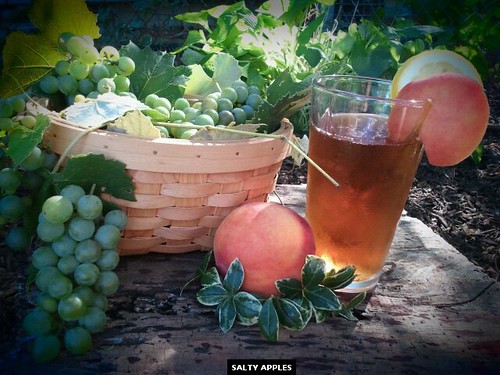Water quality
The first step in brewing tea is of course water! The quality of the water that you choose to use is very important as this impacts the taste of the tea. Try to use purified water or spring water. Tap water and bottled waters aren't usually used since they still have minerals and impurities in them and can greatly alter the taste of teas. Never use hot tap water to speed up the brewing process because the water heater in your home adds even more impurities into it.
Picking your tea
Choosing good tea can be a challenge sometimes since there are so many out there to pick from. Your local grocery store may carry 20+ different kinds of tea which is great if you want cheap artificially flavored tea. Health food stores will sometimes sell gourmet and organic teas but will often have less of a selection than that of a grocery store. A tea house would be your best bet for tasting and buying gourmet teas. While the latter option may cost more it's worth it for great quality tea.
How much tea to use
When buying loose leaf tea (tea that's not in a bag) you'll want to use about 1-2tsp per 8oz glass and adding more tea until the desired briskness and body is achieved. If using a bag of tea you'll only need one bag per 8oz glass.
Heating up your water
Water temperature is just as important as picking out your desired tea. Heat your water in a glass, ceramic or clay teapot until it reaches a boil (212 degrees Fahrenheit) then allow the water to cool before brewing your tea. As a general rule green tea should always be heated to 180 degrees Fahrenheit, 190 degrees for Oolong tea, and 200 degrees for black tea.
Brewing methods
Brewing loose leaf tea in a teapot: This method of brewing allows for maximum freedom for the leaves to unfurl. This makes for a stronger, more flavorful cup. The disadvantages are removing the leaves and cleaning the teapot after brewing. If the leaves are allowed to sit in the water for a long period of time the tea can become bitter.
The tea ball: Most tea balls are made from aluminum or stainless steel to hold the tea in place. This allows for easier cleanup of the leaves. However there is usually insufficient space for the tea leaves to expand.
Coffee pot: Brewing your tea in a coffee pot is a fast and easy way to get a lot of tea at once. A disadvantage to this is that most coffee makers won't heat water hot enough for Oolong or fine green teas to produce the best taste.
Steeping tea:
After gauging the proper water temperature, the tea leaves are steeped in the water using one of the methods listed above. Steeping tea leaves should be allowed to set still during this process because excess motion can cause the release of more tannins which can lead to bitter tasting tea. Do not steep tea for to long before serving when brewing in a teapot. Many newer teapots have basket filters that can be removed after the tea has steeped for the recommended time. Start with 1-3 minutes and gradually increase the time to your preferred likeness. This is especially important when preparing delicate green teas.
Enjoy your perfect tea!

No comments:
Post a Comment